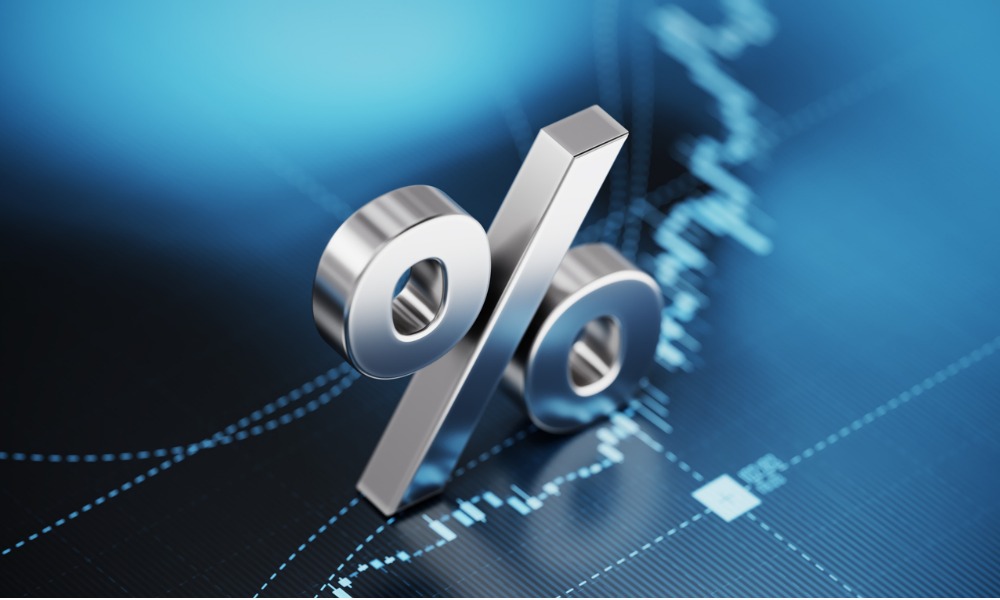Bank of Canada’s Macklem defends big rate cut as necessary after aggressive hikes

Bank of Canada Governor Tiff Macklem recently clarified the Bank’s decision to implement a significant interest rate cut, addressing questions on the unusual move, according to BNN Bloomberg.
Speaking at an event hosted by tech publication The Logic in Toronto, Macklem argued that a larger-than-normal reduction is reasonable, given the central bank’s aggressive rate hikes over the past year to control inflation pressures.
He responded to those who believe larger cuts should only occur during emergencies or times of economic stress.
“It makes sense to take some bigger-than-normal steps when you’ve taken some really big steps on the way up,” Macklem stated. Between March 2022 and the present, the Bank of Canada raised the benchmark overnight rate to 5 percent from 0.25 percent, a rapid escalation over less than 18 months.
The recent rate cut of 50 basis points lowered the policy rate to 3.75 percent, a step not typically seen in Canada when aiming to return rates to normal.
This amount of easing is often reserved for recessionary periods, yet the Bank of Canada justified the larger cut as a way to “stick the soft landing.”
Although a sharp economic slowdown in Canada isn’t the central bank’s base scenario, Macklem emphasized that the easing supports stable adjustments within the economy.
Macklem also pointed to the challenge of identifying the “neutral rate”—the ideal rate that balances economic stimulation without restraint.
While estimates place this rate between 2.25 percent and 3.25 percent, he highlighted the difficulty of pinpointing it exactly, saying it would require a scenario “where there are no shocks to the economy, inflation is at the 2 percent target and growth is near capacity, which…will never happen.”
Macklem noted that finding this neutral rate remains a gradual process as the central bank continues to ease policy.
His comments suggested an evolving approach toward borrowing cost reductions, indicating the central bank is likely to continue lowering rates, but without a specific endpoint or clear trajectory.
“We don’t know exactly the pace. We don’t exactly know where the landing is,” Macklem acknowledged, signalling a degree of uncertainty in the path ahead.
Traders in overnight swaps expect the central bank will further reduce the policy rate to around 3 percent by March 2025, though additional rate cuts have not been fully priced beyond that date.
Highlighting the broader unpredictability in economic forecasting, Benjamin Reitzes, a rates, and macro strategist at the Bank of Montreal, pointed to factors such as the upcoming US election, potential immigration policy shifts, a possible Canadian federal election, and several provincial elections.
“It highlights how much broader uncertainty there is with respect to forecasting,” Reitzes noted, emphasizing the complex mix of factors influencing Canada’s economic outlook.
Macklem's remarks underscore a cautious but ongoing shift in Canada’s monetary policy, as the Bank of Canada continues to manage both rate cuts and economic uncertainties.



